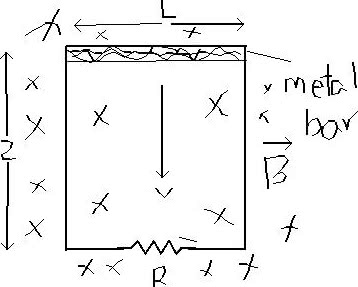PHL271H1 Lecture 3: PHL271 Sept 30 Lecture 3.docx
Document Summary
Riggs v. palmer in relation to hart dworkin debate. Hart theory of law and theory of adjudication. What is law, is there a necessary connection between law and morality, questions of law, necessary connection crises. Theory of adjudication answer questions of what the law requires when it is unclear, law does not dictate an answer, so how should judge go about deciding. Legal positivists implication of correct theory of law when no settled law exists, judge has to legislate outside of settled law in the core. What does existing law intend in a social context. Not dictated by law, but by what the judge thinks is best. Theory of adjudication how judges should decide cases of unsettled law. Judges are making law in the penumbra by what they think is best and must forget fiction that judges don"t make law. Nothing in common between legal positivism and the dissenting judgement. Separation thesis no necessary connection between law and morality.



